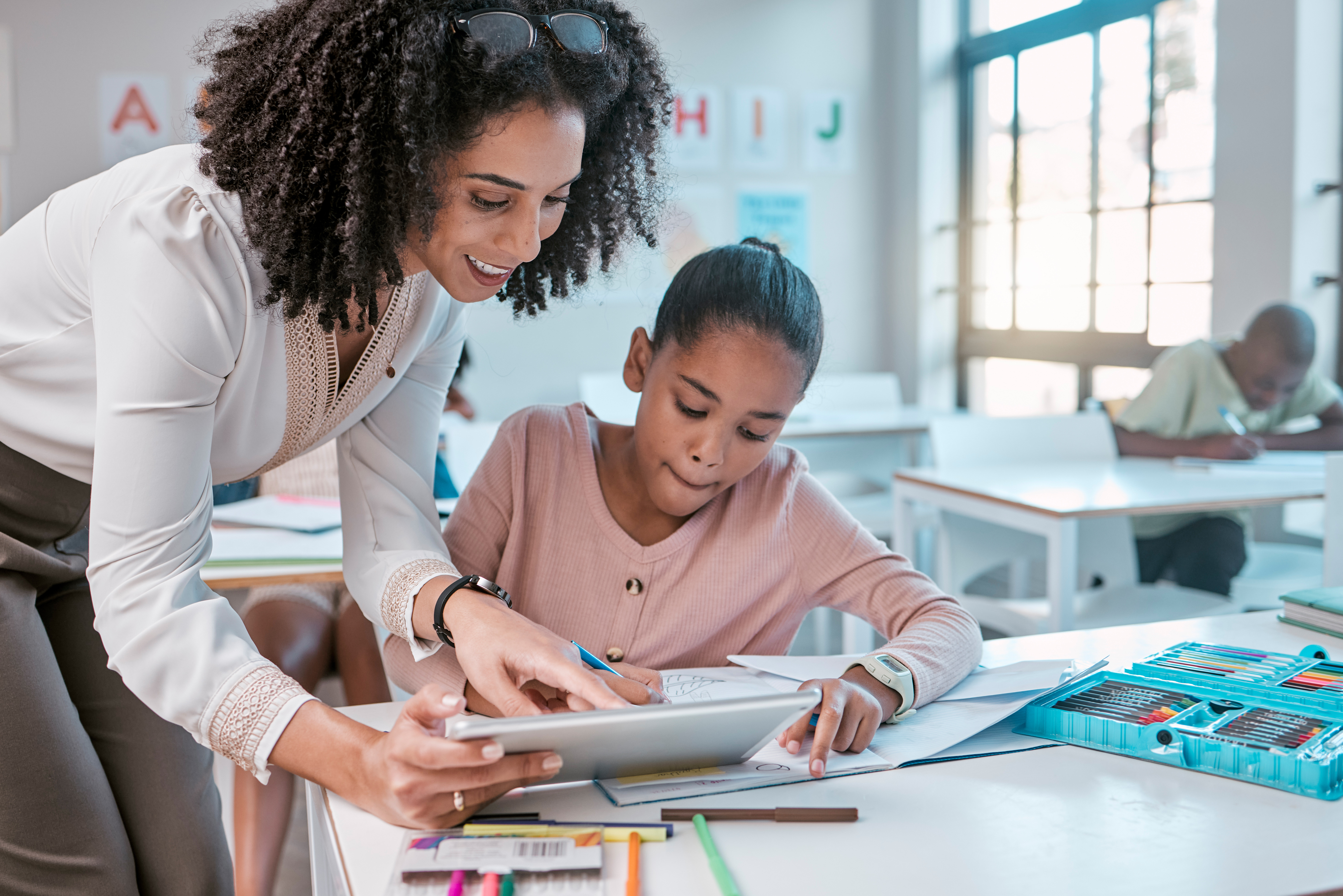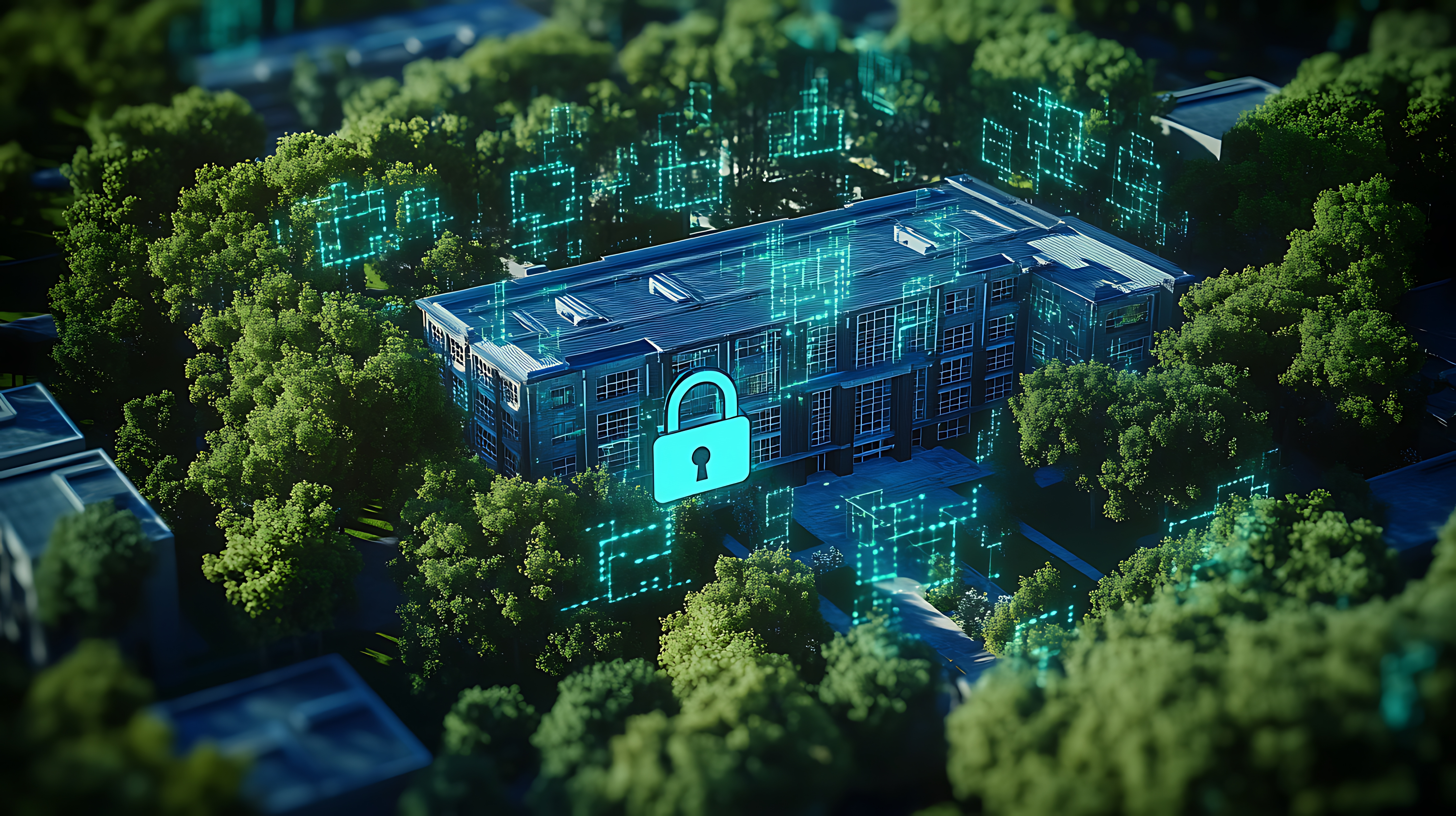Ed Tech Blog

Flexibility in learning means adapting teaching methods, curriculum, and assessments to fit individual student needs, while choice allows students to decide how, what, and when they learn. These approaches are gaining traction in K–12 education as ways to create more engaging and effective learning environments. By giving students more control and tailoring education to their unique styles, schools can help them thrive academically and personally.
Benefits for K–12 Students
Studies indicate that flexibility and choice lead to better learners by boosting motivation and engagement. When students can learn at their own pace or choose projects that interest them, they often perform better academically. This is especially true for diverse learners, as flexible methods can address different abilities and backgrounds, making education more inclusive. Additionally, these approaches prepare students for future challenges by developing skills like self-direction and adaptability, which are crucial in today’s world.
This blog provides a comprehensive exploration of how flexibility and choice in learning can lead to better learners in K–12 schools, expanding on the direct answer with detailed insights, research findings, and practical applications. It aims to mimic a professional article, offering a strict superset of the content above, including all relevant details from the analysis process.
Understanding Flexibility and Choice in Education
Flexibility in learning is defined as the ability to adapt teaching methods, curriculum, and assessment to meet individual student needs, while choice refers to students having control over how, what, when, and where they learn. This dual approach is often realized through strategies like personalized learning, differentiated instruction, and the use of technology, as seen in resources like Watermark Insights, which emphasize adaptability for student success.
In K–12 settings, traditional models often follow a standardized curriculum, limiting student autonomy. However, recent trends, especially post-COVID-19, have highlighted the need for more flexible systems, as...

Welcome to an exploration of how K–12 schools are reimagining traditional libraries as makerspaces, focusing on hands-on activities and technology to support student well-being and community. This transformation is not just about changing physical spaces but also about creating dynamic environments that nurture creativity, collaboration, and learning.
This blog delves into the transformation of K–12 school libraries into makerspaces, focusing on hands-on activities and technological tools to enhance student well-being and community engagement. It builds on the direct answer by providing a detailed examination of the concept, supported by case studies, research, and practical insights, aiming to offer a thorough understanding for educators, administrators, and stakeholders.
Background and Definition
A makerspace is defined as a DIY space for exploration where students can gather to create, invent, and learn, emphasizing active, making-centered areas. This concept has gained traction in K–12 schools, particularly in transforming traditional libraries, which were often seen as repositories of knowledge stored in books, into dynamic hubs for hands-on learning. The shift is driven by the need to foster 21st-century skills such as creativity, problem-solving, and digital literacy, aligning with educational trends like STEM and project-based learning (PBL).
Research suggests that makerspaces bridge the gap between abstract knowledge...
Read more: Transforming School Libraries into Makerspaces for Community and Student Well-Being

Assessing students fairly and effectively is a critical part of education. However, traditional one-size-fits-all assessments often fail to account for students’ varying levels of readiness, learning styles, and abilities. Tiered assessments offer a strategic approach to differentiation, ensuring that all students can demonstrate their understanding while being appropriately challenged. By employing tiered assessments, educators can promote equity in learning, allowing students to engage with the content at a level that is both accessible and suitably challenging for them. This method ensures that students do not feel overwhelmed by assessments that are too difficult or disengaged by those that are too easy.
What Are Tiered Assessments?
Tiered assessments involve designing different versions of an assessment to match students' varying levels of ability and readiness. While the core learning objectives remain consistent, the complexity, depth, or mode of expression is adjusted to ensure that every student can engage meaningfully with the material. This strategy is particularly useful in mixed-ability classrooms, where students’ skill levels can vary widely. By providing students with different entry points to demonstrate their understanding, tiered assessments empower them to take ownership of their learning journey. This ensures that every learner, regardless of their starting point, can progress towards...
Read more: Unlocking Student Potential: The Power of Tiered Assessments

In an era where technology is deeply integrated into daily life, digital citizenship has become an essential concept in education. Digital citizenship refers to the responsible, ethical, and informed use of technology, encompassing online safety, digital literacy, and respectful communication. As students engage with digital tools for learning, entertainment, and social interaction, it is crucial to equip them with the skills to navigate the digital world safely and effectively.
Expanding the Definition of Digital Citizenship
Digital citizenship in 2025 goes beyond basic online etiquette. It includes critical thinking, media literacy, cybersecurity awareness, and an understanding of digital rights and responsibilities. With the rise of artificial intelligence, deepfake technology, and social media influence, students must learn to differentiate between reliable and misleading information. Schools are actively integrating these lessons into their curricula to ensure that students can participate in the digital world in a positive and informed manner.
Digital Citizenship in School Curricula
One of the primary ways digital citizenship is taught is through dedicated educational programs in schools. Many institutions have incorporated digital citizenship into their technology, social studies, and ethics courses. Students learn about online privacy, the consequences of cyberbullying, and the impact of their digital footprints. Through interactive...
Read more: Digital Citizenship in 2025: How Schools Are Shaping Responsible Online Users

In today’s evolving security landscape, ensuring the safety of students and staff in school buildings requires a comprehensive approach that merges physical security measures with cybersecurity efforts. Schools are increasingly targeted for security breaches, vandalism, and even cyberattacks that can compromise student data and facility operations. By integrating physical security technology within a broader cybersecurity framework, educational institutions can enhance protection against a wide range of threats. Security is not just about preventing external threats; it is also about creating an environment where students and staff feel safe, which can positively impact learning and overall well-being.
The Importance of Holistic Security in Schools
A holistic approach to security goes beyond traditional methods such as locks, fences, and security personnel. It involves leveraging technology, creating protocols, and fostering a culture of security awareness. Schools must consider not only external threats but also internal vulnerabilities, including unauthorized access, cyber intrusions, and emergency response preparedness. Security measures must also be adaptable to emerging threats, requiring schools to continually assess risks and update their security strategies accordingly. Additionally, integrating security efforts across departments ensures a coordinated response to threats and incidents, minimizing potential security gaps.
Key Components of a Holistic School Security Toolkit
Managing...
Read more: Holistic Security in Schools: Integrating Physical and Cyber Measures for Ultimate Safety

In education, there are several myths that persist and shape how students approach learning. From the idea that people are either "left-brained" or "right-brained" to the belief that talent alone leads to success, these misconceptions can limit students' potential. In this post, we’ll explore some of the most common learning myths and provide practical strategies for teachers to challenge these ideas, helping students develop a more accurate understanding of how they learn and grow. By debunking these myths, educators can foster a mindset of perseverance, adaptability, and confidence in their students.
Myth #1: Left-Brained vs. Right-Brained Learners
A deeply ingrained myth in education is the idea that individuals are either “left-brained” (logical, analytical) or “right-brained” (creative, artistic). This oversimplification suggests that people have distinct personalities based on which side of their brain is more dominant, with left-brained individuals excelling in logic and structured thinking, while right-brained individuals are seen as naturally creative and artistic. However, modern neuroscience has shown that this division is not accurate. In reality, both hemispheres of the brain work together for nearly all cognitive functions. While some regions of the brain may specialize in certain tasks, such as language or spatial reasoning, learning involves complex interactions...
- Beyond Note-Taking: How Students Can Turn Notes into Powerful Learning Tools
- Cyberbullying in Schools: How Technology Can Detect, Prevent, and Stop Online Harassment
- Beyond Phonics: A Holistic Approach to Redefining the Science of Reading
- Designing for Success: How to Create Flexible Learning Environments That Empower All Students
